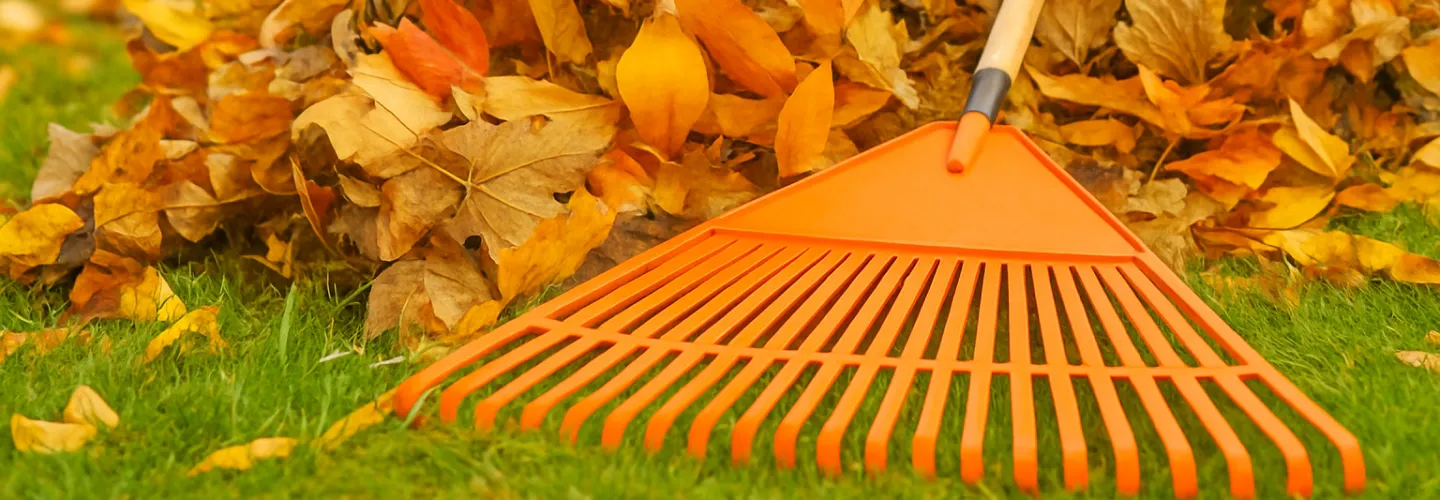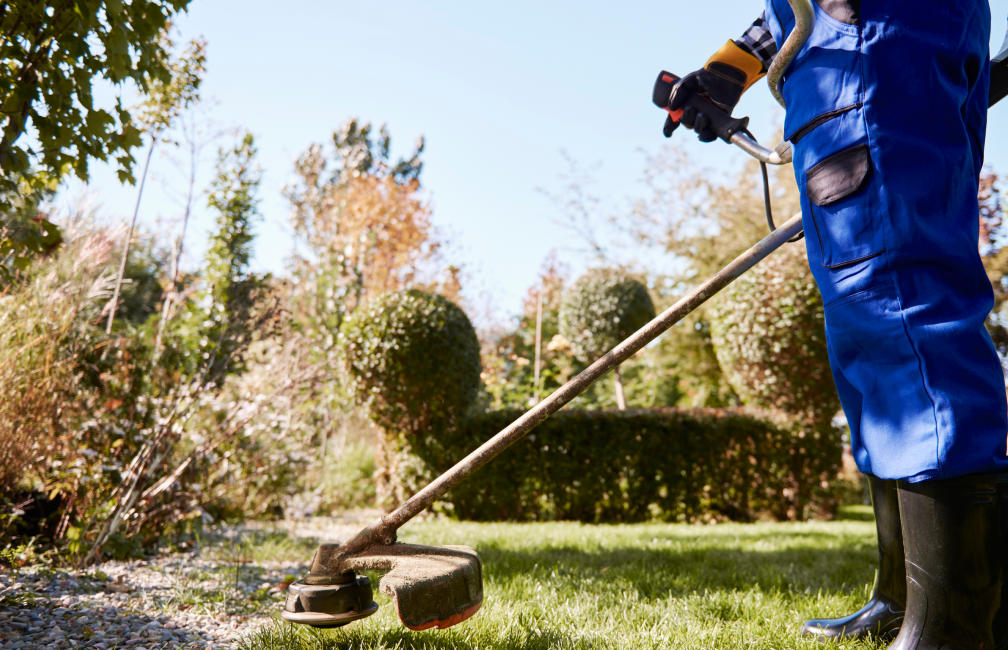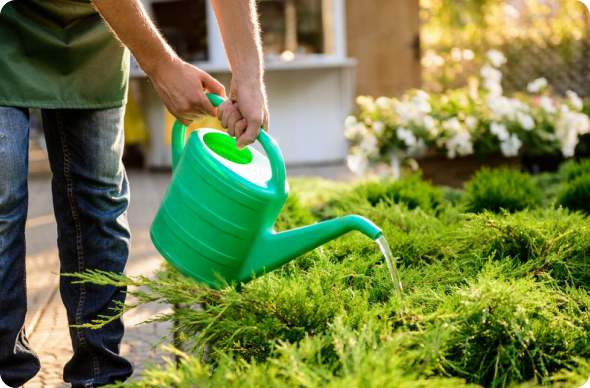
Attleboro Dethatching Lawn Services
Choose our dethatching lawn services for a healthier, greener yard—our experienced team removes built-up thatch to promote stronger roots, better water absorption, and a lush, vibrant lawn you’ll love.
Get a Free QuoteWhen to Schedule Dethatching Lawn in Attleboro, MA – Seasonal Guide
In Attleboro, MA, the best time to schedule lawn dethatching is typically in early spring or early fall, when grass is actively growing and can recover quickly. The local climate, with its cold winters and humid summers, means that dethatching too early or late in the season can stress your lawn. For neighborhoods near Capron Park or along the Ten Mile River, pay close attention to frost dates—dethatching after the last spring frost or before the first fall frost is ideal. Soil type also plays a role; areas with heavier clay soils, common in the South Attleboro region, may require more careful timing to avoid compaction.
Local environmental factors such as shade from mature trees in neighborhoods like Dodgeville, or the risk of summer droughts, can influence the best schedule for dethatching. Humidity levels and precipitation patterns, which you can track through the City of Attleboro’s official website, are also important to consider. Tailoring your dethatching schedule to these local conditions helps ensure a healthier, more resilient lawn.
Local Factors to Consider for Dethatching Lawn in Attleboro
- Tree density and shade coverage (e.g., mature oaks in Highland Park)
- Soil type and drainage (clay vs. sandy soils)
- Typical precipitation and humidity levels
- Frost dates and seasonal temperature swings
- Terrain and slope, especially in hilly areas
- Municipal restrictions or guidelines from the City of Attleboro
Benefits of Dethatching Lawn in Attleboro

Improved Lawn Health
Enhanced Water Absorption
Stronger Grass Growth
Reduced Pest Problems
Boosted Curb Appeal
Professional Landscaping Expertise

Attleboro Dethatching Lawn Types
Cool-Season Grasses
Warm-Season Grasses
Fescue Lawns
Kentucky Bluegrass Lawns
Bermuda Grass Lawns
Zoysia Grass Lawns
Ryegrass Lawns
Our Dethatching Lawn Process
Lawn Evaluation
Preparation and Marking
Dethatching
Cleanup and Disposal
Post-Dethatching Inspection
Why Choose Attleboro Landscape Services

Attleboro Homeowners Trust Us
Expert Lawn Maintenance
Reliable Seasonal Cleanups
Competitive Pricing
Professional Team
Satisfaction Guarantee
Personalized Service
Contact Attleboro's Department of Public Works for Dethatched Material Disposal & Yard Waste Collection
Proper disposal of dethatched material requires coordination with Attleboro's municipal waste management services. The Department of Public Works operates comprehensive yard waste collection programs throughout the city, ensuring compliance with state organic waste regulations. Residents should plan dethatching around municipal collection schedules, which typically accommodate peak dethatching periods in spring and fall when most properties require thatch removal services.
Attleboro Department of Public Works
77 Park Street, Attleboro, MA 02703
Phone: (508) 223-2222
Official Website: Attleboro Department of Public Works
Municipal yard waste collection accepts dethatched material when properly prepared in biodegradable paper bags or clearly marked containers. The Transfer Station facility provides additional disposal options for larger volumes of organic material. Collection requirements include:
- Use biodegradable paper bags only (plastic bags prohibited)
- Keep materials clean and free of soil, stones, or debris
- Follow posted size limitations for brush and organic matter
- Verify seasonal collection schedules before placing materials curbside
Understanding Thatch Buildup in Attleboro's Glacial Till & Sandy Outwash Conditions
Attleboro's soil composition significantly influences thatch accumulation patterns throughout the city. USDA Web Soil Survey data indicates predominant soil series including Paxton, Canton, and Charlton series (well-drained loamy soils formed in glacial till), Hinckley and Windsor series (excessively drained sandy outwash), and Ridgebury/Scarboro series (poorly drained areas). In sandy outwash areas, rapid drainage and low organic matter content can slow microbial activity during dry periods, allowing thatch to accumulate. Conversely, in compacted glacial till or urban fill areas, limited oxygen diffusion creates anaerobic conditions that suppress beneficial microorganisms responsible for natural thatch decomposition.
University of Massachusetts Extension Center for Agriculture, Food and the Environment
161 Holdsworth Way, Amherst, MA 01003
Phone: (413) 545-2717
Official Website: University of Massachusetts Extension
The healthy thatch threshold of 0.5 inches becomes critical in Attleboro's climate conditions. When thatch layers exceed this threshold, water penetration decreases, root development becomes shallow, and nutrient availability is reduced. Property owners should monitor for thatch accumulation indicators: spongy or matted grass surface, poor water penetration despite adequate irrigation, thinning lawn areas despite proper fertilization, and increased moss growth in shaded areas.
Key practices for managing thatch in Attleboro's conditions include:
- Dethatching in early spring (April to early May) or early fall (late August to September) for optimal recovery
- Coordinating with core aeration on compacted glacial till and urban fill areas
- Maintaining moderate nitrogen levels to prevent rapid re-accumulation
- Immediate overseeding within 24-48 hours using appropriate seed mixtures
Reference: USDA Web Soil Survey
Attleboro Conservation Commission Requirements for Dethatching Near Wetlands & Protected Areas
Environmental compliance becomes paramount when conducting dethatching operations near Attleboro's numerous wetland areas and protected natural resources. The Massachusetts Wetlands Protection Act establishes strict buffer zone requirements affecting dethatching activities within 100 feet of wetland boundaries and 200 feet of streams and water bodies, including the Ten Mile River, Bungay River, and various wetland complexes throughout the city.
Attleboro Conservation Commission
77 Park Street, Attleboro, MA 02703
Phone: (508) 223-2222
Official Website: Attleboro Conservation Commission
Wildlife breeding season restrictions, enforced from April through July, require careful scheduling of dethatching operations to minimize disturbance to protected species habitats. Properties adjacent to conservation areas like Oak Knoll Wildlife Sanctuary or Attleboro Springs must comply with enhanced erosion control measures during dethatching operations. Immediate stabilization requirements mandate that exposed soil areas receive temporary protection within 24 hours of disturbance, preventing sediment transport into protected water bodies.
Any significant dethatching work within regulated buffer zones may require a Request for Determination of Applicability or Notice of Intent from the Conservation Commission. Hand rakes and low-impact methods are recommended in sensitive areas to minimize soil disturbance and protect resource areas.
Attleboro's Implementation of Massachusetts Organic Waste Regulations for Dethatched Material
Massachusetts General Law Chapter 111, Section 150A prohibits disposal of organic waste materials, including dethatched lawn material, in household trash collection systems. Attleboro has implemented comprehensive compliance programs providing residents multiple options for proper organic waste management while supporting environmental sustainability goals throughout the community.
Massachusetts Department of Environmental Protection
One Winter Street, Boston, MA 02108
Phone: (617) 292-5500
Official Website: Massachusetts Department of Environmental Protection
Massachusetts Department of Agricultural Resources
251 Causeway Street, Suite 500, Boston, MA 02114
Phone: (617) 626-1700
Official Website: Massachusetts Department of Agricultural Resources
Municipal composting guidelines encourage on-site management of dethatched material when property conditions permit. However, composting operations must maintain appropriate setback distances from wetland areas and comply with local zoning requirements preventing nuisance conditions for neighboring properties. On-site composting should be located on well-drained ground, outside wetland buffers and flood-prone areas, with proper management to prevent nutrient runoff.
Curbside yard waste collection programs operate on seasonal schedules accommodating peak dethatching periods. The program specifically prohibits plastic bag usage, ensuring compliance with state regulations while supporting municipal waste reduction objectives. The Massachusetts Department of Agricultural Resources provides additional guidance on organic waste management practices that support both environmental protection and agricultural sustainability throughout the state.
Post-Dethatching Stormwater Management in Compliance with Attleboro's MS4 Program
Attleboro's Municipal Separate Storm Sewer System (MS4) permit requirements mandate specific erosion control measures during and after dethatching operations. The National Pollutant Discharge Elimination System (NPDES) permit establishes strict standards for preventing sediment transport into local waterways, requiring immediate stabilization of disturbed soil areas through appropriate seeding and mulching practices.
U.S. Environmental Protection Agency, Region 1
5 Post Office Square, Suite 100, Boston, MA 02109
Phone: (617) 918-1111
Official Website: U.S. Environmental Protection Agency, Region 1
Weather scheduling considerations become critical for compliance with stormwater management requirements. Operations must be suspended when precipitation is forecast within 24 hours, and property owners should consult National Weather Service Boston forecasts before conducting dethatching operations. Post-dethatching recovery practices must include:
- Immediate overseeding within 24-48 hours using appropriate seed mixtures
- Light starter fertilizer application if needed (avoid excessive nitrogen)
- Proper watering schedules ensuring seed germination without runoff
- Coordination with core aeration services to address soil compaction
- Installation of temporary erosion controls on sloped sites
These practices ensure compliance with Clean Water Act and EPA NPDES requirements while promoting rapid turf recovery.
What Neighborhoods Do We Serve Throughout Attleboro, MA?
Attleboro's diverse neighborhoods present unique thatch management challenges based on local soil conditions, drainage characteristics, and environmental factors influencing organic matter accumulation patterns.
Downtown/City Center features older properties with compacted soils from historical development and heavy foot traffic. Limited tree canopy and full sun exposure require robust turf varieties and frequent aeration with dethatching. Urban fill materials create unpredictable drainage patterns affecting thatch decomposition rates.
South Attleboro encompasses suburban development near the Ten Mile River with varied soil types including sandy outwash. Properties near waterways require strict adherence to wetland buffer regulations, impacting dethatching practices and timing.
Dodgeville/Hebronville areas, with industrial history and older housing stock, contend with urban fill or highly disturbed soils having unpredictable drainage and organic matter content. Proximity to the Ten Mile River necessitates careful environmental considerations during dethatching operations.
East Attleboro primarily residential areas with agricultural history feature less disturbed soils but varied tree canopy density influencing shade patterns and grass health. These areas typically require standard dethatching practices with attention to microclimatic conditions.
North Attleboro Border Areas near major highways feature newer developments with engineered or highly disturbed soils. Construction-related compaction increases thatch buildup, requiring combined dethatching and aeration services.
Capron Park Vicinity established residential areas feature mature trees creating significant shade. Lawns in shaded conditions are prone to moss and slower thatch decomposition, requiring more frequent, gentle dethatching with appropriate shade-tolerant grass species.
Attleboro Springs Wildlife Sanctuary Area properties border significant conservation areas subject to stringent wetland and buffer zone regulations. Thatch management must prioritize preventing runoff and protecting sensitive ecosystems using low-impact methods.
Attleboro Municipal Bylaws for Landscaping Operations & Equipment Use
Municipal regulations governing landscaping operations establish specific requirements for equipment use, operational hours, and service provider standards affecting dethatching services throughout Attleboro. These bylaws ensure community standards while protecting residential quality of life and environmental resources.
Attleboro Building Department
77 Park Street, Attleboro, MA 02703
Phone: (508) 223-2222
Official Website: Attleboro Building Department
Attleboro Board of Health
77 Park Street, Attleboro, MA 02703
Phone: (508) 223-2222
Official Website: Attleboro Board of Health
Equipment operation hours typically restrict power equipment use to weekday business hours and limited weekend schedules, preventing noise disturbances during early morning and evening residential periods. Commercial service providers must maintain appropriate licensing and insurance coverage meeting municipal requirements for operating within city boundaries.
Professional dethatching operations must coordinate with local utilities to prevent damage to underground infrastructure, including irrigation systems and telecommunications equipment. Service providers require appropriate training for operating mechanical dethatching equipment safely while maintaining compliance with municipal regulations and state environmental protection standards.
Any significant land disturbance, including extensive dethatching on large properties or near sensitive areas, may require coordination with the Building Department for permits or Conservation Commission for environmental review. Professional operators should maintain current knowledge of best management practices minimizing environmental impact while ensuring effective thatch management.